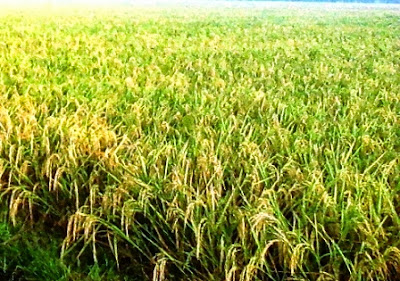Dragon fruit or Pitaya (Hylocereus)

Pitaya or dragon fruit (part genus Hylocereus) is a cactus plant that originated Mexico, Central America, and North America and are now spread all over the world. In the region of origin this plant named pitahaya dragon fruit or pitaya roja. Residents there often utilize this fruit to be served as fresh fruit consumption. Dragon fruit or Pitaya (Hylocereus) Although originating from North and Central America, dragon fruit became known as the plant from Asia; because this is precisely the dragon fruit has been cultivated on a large scale in several Asian countries, especially the countries of Vietnam, Thailand, and Indonesia. This plant was originally intended as an ornamental plant, because the triangular shape and spiny stems short and has a beautiful flower shaped like a funnel and started to bloom at dusk and will bloom at night. Characteristic of the tree: Dragon fruit plant is a climbing plant species. In their natural habitat, these plants live by climbing othe...







.jpg)
.jpg)
